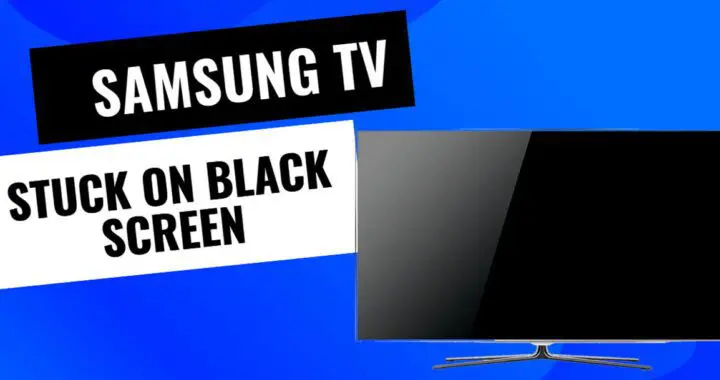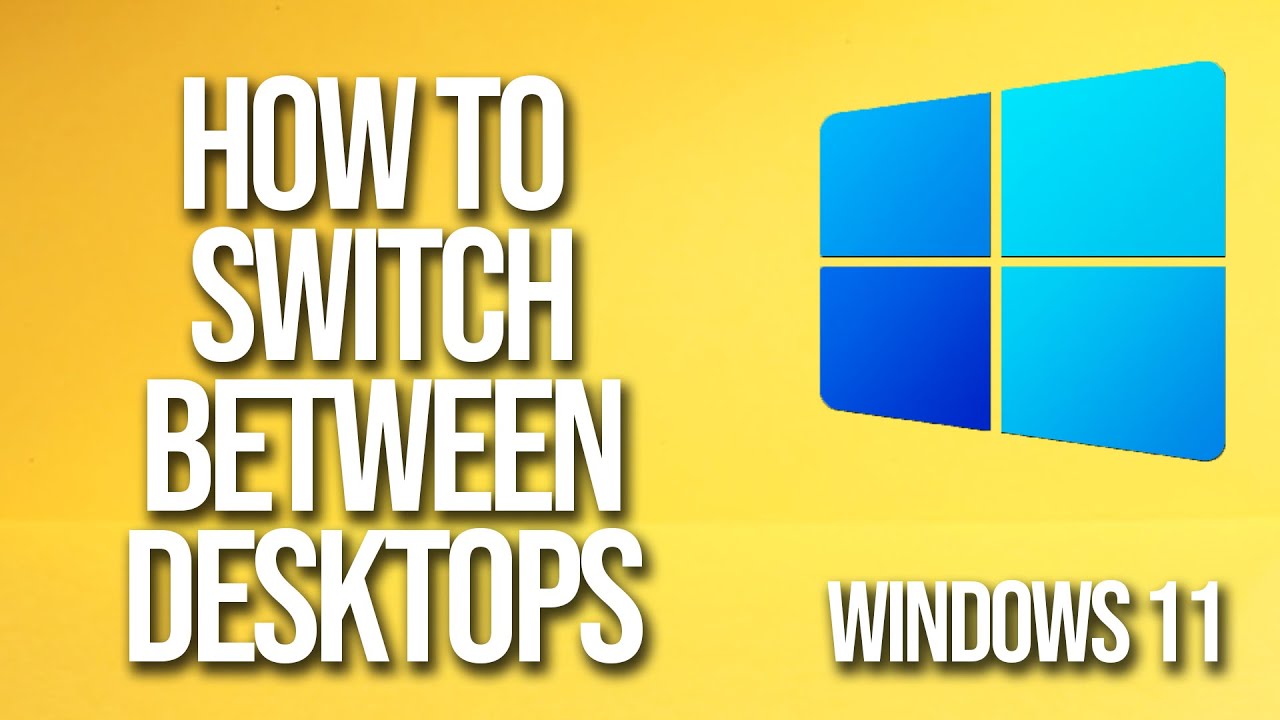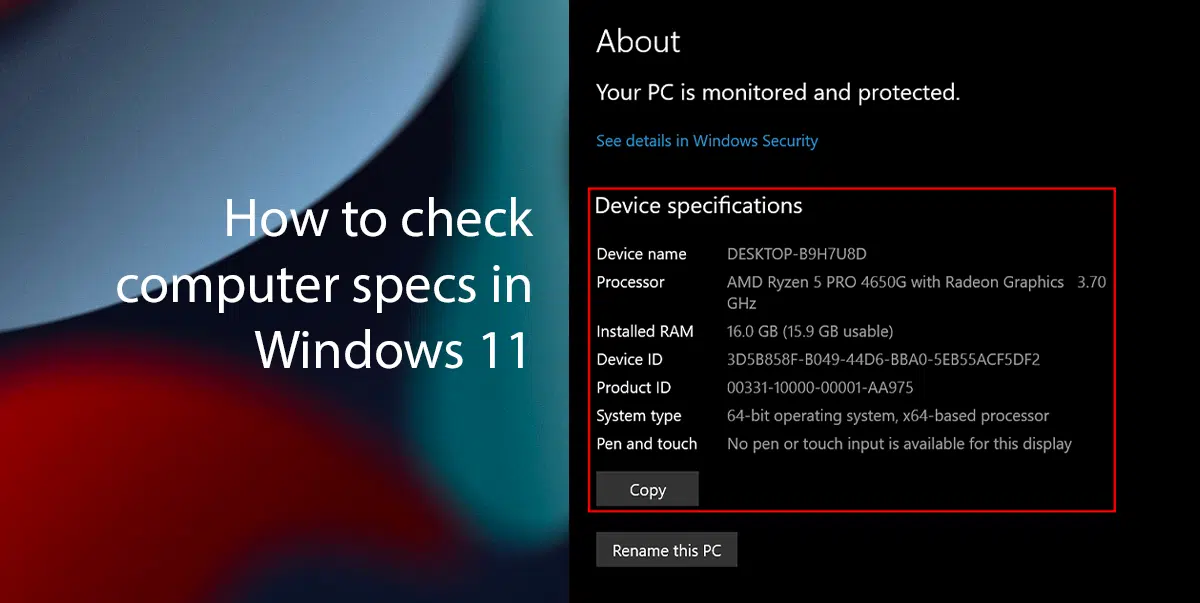Experiencing a black screen on your Samsung Smart TV can be incredibly frustrating. One moment you’re enjoying your favorite show, the next, you’re staring at a blank display, perhaps with sound still playing, or nothing at all. This common issue can stem from various sources, ranging from simple cable problems to more complex internal hardware malfunctions.
This comprehensive “how-to” guide will walk you through a series of troubleshooting steps, starting with the easiest and most common fixes, to help you diagnose and resolve the black screen issue on your Samsung Smart TV.
Understanding the Black Screen Issue
A black screen on a Samsung Smart TV can manifest in a few ways:
- No Picture, But Sound: This often points to an issue with the display panel itself, the backlights, or the T-Con board. The TV’s internal processing is still working, but the image isn’t being generated or shown.
- No Picture, No Sound, Power Light On: This suggests a power delivery problem to the display components, or a main board issue that affects both video and audio output.
- No Picture, No Sound, No Power Light: This indicates a complete power failure, possibly related to the power supply board, main board, or even the power outlet itself.
- Flickering Black Screen: This could be due to a faulty cable, a loose connection, or sometimes an intermittent issue with the TV’s internal components or the source device.
Regardless of the specific manifestation, a black screen is a common problem with various potential culprits.
Method 1: The Simple Power Cycle (Soft Reset)
This is the first and often most effective step for many electronic device issues, including the Samsung Smart TV black screen. A power cycle (also known as a soft reset or reboot) clears temporary glitches in the TV’s operating system (Tizen OS for Samsung Smart TVs).
- Turn off your Samsung TV using the remote control.
- Unplug the TV’s power cord from the wall outlet.
- Wait for at least 30 to 60 seconds. This allows any residual power to drain from the TV’s capacitors, ensuring a complete reset.
- Press and hold the power button on the TV itself (not the remote) for 15-30 seconds, if accessible. This helps drain any remaining power. (The physical power button is usually located on the bottom center or bottom right of the TV frame).
- Plug the power cord back in to the wall outlet.
- Turn on your TV using the remote control.
Check if the picture has returned. If not, proceed to the next method.
Method 2: Check All Connections and External Devices
Loose cables or issues with connected external devices are frequent causes of a black screen.
- Check Power Cables:
- Ensure the TV’s power cord is securely plugged into both the TV’s power input and the wall outlet.
- Try plugging the TV into a different, known-working electrical outlet to rule out a faulty outlet or surge protector.
- Inspect HDMI/Input Cables:
- Unplug and re-plug all HDMI cables and other input cables (e.g., component, composite, optical audio) from both the TV and the external devices (cable box, gaming console, Blu-ray player, soundbar, etc.).
- Ensure the cables are fully seated and not loose.
- Try a different HDMI port on your TV. Sometimes one port can go bad.
- Try a different HDMI cable. Faulty or low-quality HDMI cables are a very common cause of signal issues. If you have a spare, swap it out.
- Check External Devices:
- Turn off and unplug all external devices connected to your TV.
- Plug in and turn on only one device at a time (e.g., just your cable box) and check if the TV displays a picture. This helps identify if a specific external device is causing the issue.
- Ensure external devices are powered on and functioning correctly. Check their own power indicators.
- Switch to the correct input source on your TV using the remote (e.g., HDMI1, HDMI2).
If you get a picture with one device but not another, the problem lies with that specific external device or its cable.
Method 3: Test with the TV’s Built-in Controls (No Remote)
Sometimes the remote control or its batteries can be the culprit. Test the TV’s basic functionality using its physical buttons.
- Locate Physical Buttons: Most Samsung Smart TVs have physical buttons, usually on the bottom, side, or back panel. They might be touch-sensitive or small push-buttons. Look for a power button and possibly volume/channel buttons.
- Try Powering On/Off: Use the physical power button to turn the TV off and on.
- Change Input Source: If available, try cycling through input sources using the physical buttons.
- Check for Menu: Press the physical “Menu” or “Source” button to see if the TV’s on-screen menu appears. If the menu appears, it indicates the display panel is working, and the problem is likely with the input signal or a deeper software issue.
Method 4: Perform a Hard Reset / Factory Reset (Last Resort for Software)
A factory reset wipes all your TV’s settings, installed apps, and user data, returning it to its out-of-the-box state. This can resolve software glitches, corrupted settings, or firmware issues that might be causing the black screen. Only attempt this if you can see the TV’s menu on the screen. If the screen is completely black, you cannot perform a factory reset via the menu.
- Open Settings: Press the Home button on your Samsung remote, then navigate to Settings (gear icon).
- Navigate to General: Select General.
- Select Reset: Scroll down and select Reset.
- Enter PIN: You may be prompted to enter your PIN. The default is usually 0000.
- Confirm Reset: Select Reset again to confirm. Your TV will restart.
Historical Context: The factory reset function has been a standard troubleshooting step across consumer electronics for decades. It’s a fundamental way to clear software states and configurations that might lead to unexpected behavior, including display issues.
Method 5: Check Eco Solution Settings (Energy Saving)
Some Samsung TVs have Eco Solution settings that can automatically turn off the screen or adjust brightness too aggressively, potentially leading to a perceived black screen.
- Open Settings: Press the Home button on your Samsung remote, then navigate to Settings.
- Navigate to System (or General > Eco Solution):
- On some models, go to System, then Eco Solution.
- On others, go to General, then Eco Solution.
- Disable Eco Features:
- Look for settings like “Auto Power Off,” “Eco Sensor,” “Motion Lighting,” or “Energy Saving Mode.”
- Disable or turn off these features one by one, or set them to a less aggressive setting.
- Specifically check “Blank Screen” or “Picture Off” options if available.
This can sometimes resolve issues where the TV mistakenly turns off its display.
Method 6: Update TV Firmware
Outdated firmware can sometimes lead to performance issues or bugs, including display problems. If your TV has an intermittent black screen or other strange behavior, a firmware update might help.
Note: You need a working display to perform an update via the TV’s menu. If your screen is completely black, you might need to try a USB firmware update (see below).
Updating via Internet:
- Open Settings: Press the Home button on your Samsung remote, then navigate to Settings.
- Navigate to Support: Select Support.
- Select Software Update: Choose Software Update.
- Select Update Now: Tap on Update Now. The TV will check for and install any available updates.
Updating via USB (If Screen is Completely Black):
If your screen is completely black and you can’t access the menu, a USB update might be your only option. This process is more involved and requires careful attention.
- Find Your TV Model Number: Locate the model number on the back of your TV (e.g., QN55Q80AAFXZA).
- Go to Samsung Support Website: Visit the official Samsung Support website for your region.
- Search for Your Model: Enter your TV’s model number in the search bar.
- Download Firmware: Find the “Firmware” or “Software & Drivers” section and download the latest firmware update file to your computer.
- Prepare USB Drive:
- Format a USB flash drive (FAT32 is generally recommended).
- Create a new folder on the USB drive named “upgrade_T-____” (replace the blank with the firmware file’s first few characters, check instructions on Samsung’s download page).
- Extract the downloaded firmware file to this new folder on the USB drive. Do not change the folder or file names.
- Insert USB into TV: With the TV turned off, insert the USB drive into one of the TV’s USB ports.
- Power On TV: Turn on the TV. It should detect the USB and prompt you to start the update. Follow the on-screen instructions carefully. Do not turn off the TV during the update process.
When to Call Samsung Support or a Professional
If you’ve tried all the above troubleshooting steps and your Samsung Smart TV still has a black screen, it’s likely a hardware issue that requires professional attention. Common hardware failures leading to a black screen include:
- Power Supply Board Failure: If there’s no power at all, or inconsistent power delivery to components.
- Main Board (Motherboard) Failure: The main processing unit is faulty, affecting video and audio signals.
- Backlight Failure: The most common cause of “no picture, but sound.” The LED backlights that illuminate the LCD panel have failed.
- T-Con Board (Timing Controller Board) Failure: This board processes the video signal before it’s sent to the display panel.
- Display Panel Failure: The actual LCD or OLED panel is damaged. This is often the most expensive repair.
Contact Samsung Support: Provide them with your TV model number and a detailed description of the troubleshooting steps you’ve already performed. They can advise on warranty coverage, repair options, or recommend authorized service centers.
Consider a Local TV Repair Shop: If your TV is out of warranty, a local, reputable TV repair shop might offer a more cost-effective solution than Samsung’s official service, especially for common issues like backlight replacement.
Conclusion
A black screen on your Samsung Smart TV can be alarming, but many common culprits can be fixed with basic troubleshooting steps. Starting with a simple power cycle, checking all cables and external devices, and then delving into TV settings and potential firmware updates covers the majority of user-resolvable issues. If these steps don’t bring your picture back, it’s a strong indication of a hardware problem requiring professional diagnosis and repair.
FAQ
Q1: My Samsung TV has sound but no picture. What does that mean?
If your Samsung Smart TV has sound but a black screen (no picture), it typically indicates that the TV’s audio processing is working, but there’s a problem with the display components. The most common causes are a backlight failure (the LEDs that illuminate the screen), a faulty T-Con board (which processes the video signal to the panel), or in rare cases, an issue with the display panel itself.
Q2: How do I hard reset my Samsung TV if the screen is black and I can’t see the menu?
If your Samsung TV screen is completely black and you cannot see the menu, you cannot perform a software factory reset via the menu. The closest you can get to a “hard reset” in this scenario is a power cycle: unplug the TV from the wall for 30-60 seconds, press and hold the TV’s physical power button for 15-30 seconds (if available), then plug it back in and try turning it on.
Q3: Can a faulty HDMI cable cause a black screen on my Samsung Smart TV?
Yes, absolutely. A damaged, loose, or low-quality HDMI cable is a very common cause of a black screen or intermittent picture issues. Always try swapping out the HDMI cable with a known working one and testing different HDMI ports on your Samsung TV and external device.
Q4: What is a “power cycle” and how does it fix a black screen?
A power cycle (or soft reset/reboot) involves completely removing power from an electronic device, typically by unplugging it, for a short period (e.g., 30-60 seconds). This drains residual electrical charge and clears any temporary software glitches or memory errors that might be causing the black screen or other malfunctions. It’s a fundamental first troubleshooting step.
Q5: My Samsung TV turns on (power light is on) but stays black. Is it broken?
Not necessarily broken beyond repair, but it indicates a specific type of problem. If the power light is on but the screen remains black with no picture or sound, it usually points to an issue with the power supply board (which provides power to all internal components), the main board (where the core processing happens), or a more severe backlight failure. These often require professional diagnosis and repair.
Q6: Can a software update fix a black screen on my Samsung TV?
It depends on the cause. If the black screen is due to a software bug, corrupted firmware, or an incompatibility issue, a firmware update could potentially resolve it. However, if the screen is completely black and you cannot access the TV’s menu, updating via the internet won’t be possible. You might attempt a USB firmware update as a last resort, but if it’s a hardware fault, a software update won’t help.




